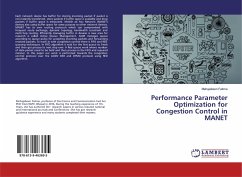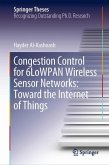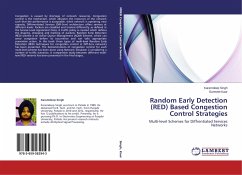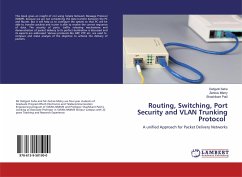Wireless Sensor networks (WSN) has emerged as the effective tool for gathering the information from the remote environment. The sensor node communicates with the base station simultaneously when the data is available. This results in the packet loss at the receiving node. Since the nodes operated in the WSN are battery operated, retransmission of the data packets due to the congestion results in the failure of the system. Thus avoiding the congestion in the nodes has emerged as important research topic. This thesis work utilizes a congestion threshold for determining the congested node in the WSN.Since the data packets have its own priority, the low priority data packets are dropped during the transmission to reduce the congestion. The presence of the congestion in the node can be lowered by making the share rate of the child nodes less than the service rate of the parent node. In this thesis, the congestion avoidance is done by choosing the optimal share rate with three proposedworks.
Bitte wählen Sie Ihr Anliegen aus.
Rechnungen
Retourenschein anfordern
Bestellstatus
Storno








